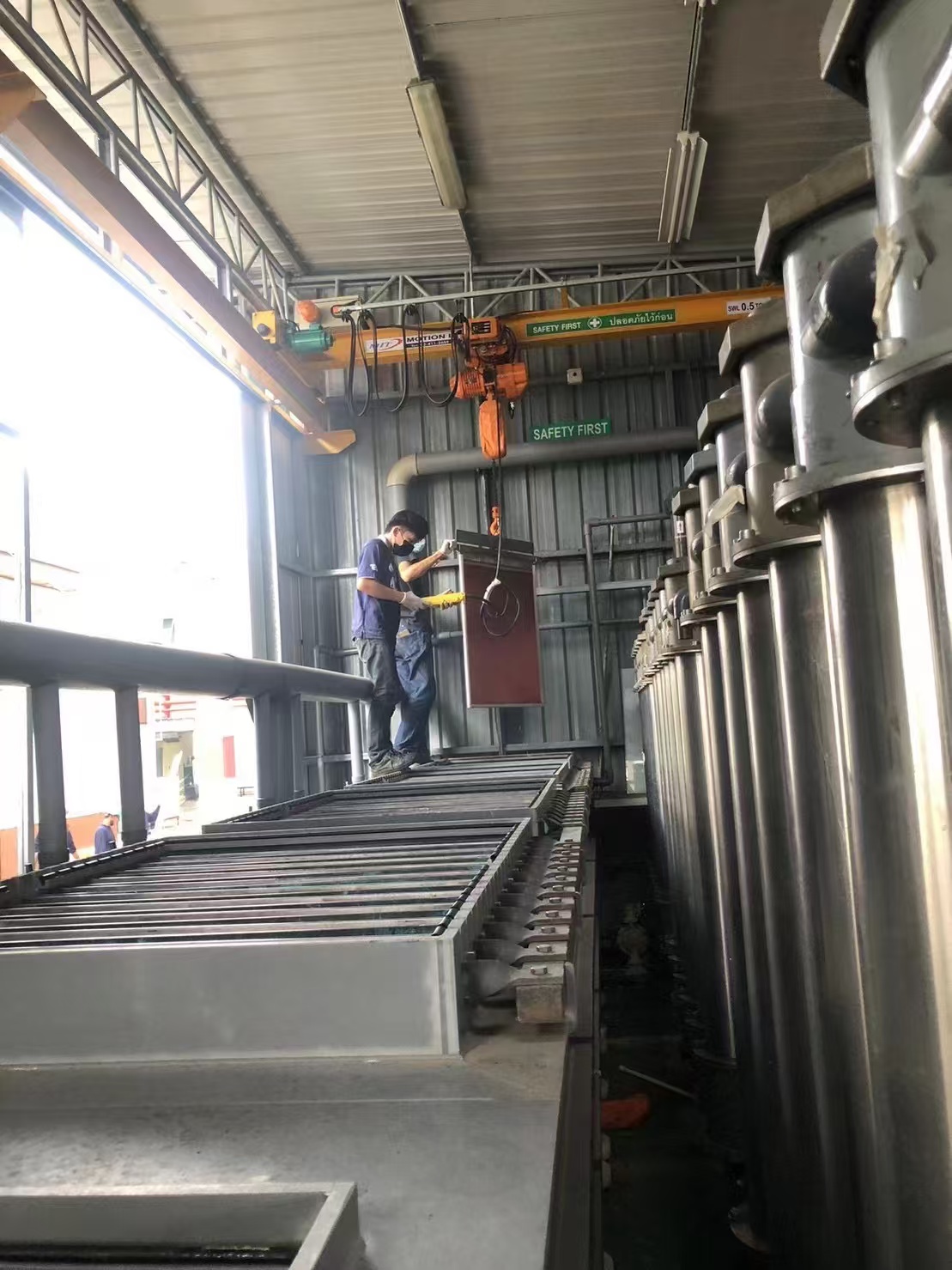NEWS&EVENTS
Home > News&Events > Company news > What are the main process routes for hydrometallurgical antimony refining?
In the field of hydrometallurgical antimony refining, the selection of relevant equipment is closely related to the process route, and different process routes have different requirements for equipment performance. So, what are the main process routes for hydrometallurgical antimony refining?

Hydrometallurgical antimony refining is mainly divided into two categories: alkaline hydrometallurgical antimony refining and acidic hydrometallurgical antimony refining. In the alkaline hydrometallurgical antimony refining process, a series of equipment adapted to it will be used. This process uses sodium sulfide (Na₂S) and sodium hydroxide (NaOH) as leaching agents, and goes through key steps such as leaching, thickening, and filtration. In these steps, the leaching equipment must have good alkali resistance to ensure the smooth progress of the leaching process; the thickening and filtration equipment must be efficient and accurate to ensure the quality of subsequent treatment. After that, the cathode antimony is prepared from the leachate by electrolytic deposition, and the electrolytic equipment is crucial at this time. The metal recovery rate of this process is high, reaching 98% - 99%, but there are problems such as large alkali consumption and power consumption, and the high cost of treating the by-product Na₂S.
The acidic hydrometallurgical antimony refining process also relies on specific equipment. It uses chlorine (Cl₂) or antimony pentachloride (SbCl₅) as a chlorinating agent to leach antimony concentrate in a hydrochloric acid medium, and then recover antimony by hydrolysis or neutralization. The equipment in the leaching process must have high corrosion resistance to resist the strong corrosion of the hydrochloric acid medium; the subsequent recovery equipment must also ensure stable operation. This process has a high leaching rate and a simple process, but the high corrosion resistance requirements of the equipment and the strong corrosiveness of the leaching solution make it unsuitable for processing high-oxide antimony concentrate.
In short, different process routes for wet antimony refining have their own characteristics and different requirements for equipment. In actual production, it is necessary to select appropriate process routes and supporting equipment according to specific conditions to achieve the goal of efficient and economical antimony refining.